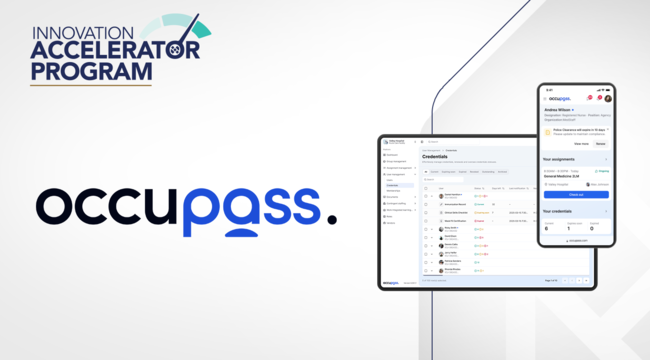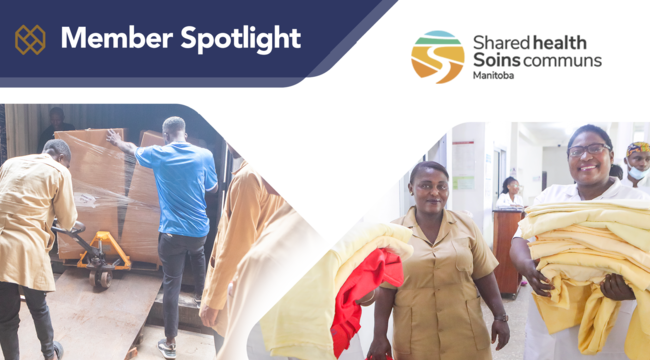HealthPRO Canada News
November 14, 2023
What you need to know about Canada’s New Forced Labour and Child Labour Reporting Law

In May 2023, the Canadian government passed Bill S-211 aiming to eliminate forced labour and child labour in Canadian supply chains. The Fighting Against Forced Labour and Child Labour in Supply Chains Act (the “Act”) is set to take effect on January 1, 2024 and will apply to various organizations, including healthcare organizations (our previous article, which can be accessed here, sets out some of the criteria used to determine whether your organization will be subject to the Act; such organizations are referred to as “Reporting Entities” in this article).
The Act will introduce a public reporting regime requiring a Reporting Entity to submit a public annual report to the Minister of Public Safety and Emergency Preparedness outlining what steps it has taken over the course of the previous year to prevent and reduce the risk that the goods that it produces or imports into Canada involve the use of forced labour or child labour. The first such report is due in May 31, 2024.
More specifically, a Reporting Entity’s annual report will need to include the following information:
- its structure, activities and supply chains;
- its policies and its due diligence processes in relation to forced labour and child labour;
- the parts of its business and supply chains that carry a risk of forced labour or child labour being used and the steps it has taken to assess and manage that risk;
- any measures taken to remediate any forced labour or child labour;
- any measures taken to remediate the loss of income to the most vulnerable families that results from any measure taken to eliminate the use of forced labour or child labour in its activities and supply chains;
- the training provided to employees on forced labour and child labour; and
- how the entity assesses its effectiveness in ensuring that forced labour and child labour are not being used in its business and supply chains.
Reporting Entities that are related may provide a joint report. Prior to being submitted, a report must be approved by the Board of Directors (or equivalent) of each Reporting Entity covered by such report. A Reporting Entity is accountable for the accuracy and currency of the information included in its annual reports.
Once filed, an annual report must be made available to the public. This includes, at a minimum, publishing such report in a prominent place on its website.
While the Act does not go any further than creating the aforementioned disclosure obligations, given the public nature of such disclosure, the indirect (and perhaps intended) consequence of the Act will be to create pressure for Reporting Entities to implement and maintain adequate internal due diligence processes and controls and periodically assess these to confirm that they remain adequate.
Reporting Entities and their respective efforts to prevent or remove forced labour and child labour from its supply chain will ultimately be compared with those of its peers. Media organizations and interest groups will have valuable information at their disposal and will likely make productive use of the foregoing.
Reporting Entities would therefore be well advised to take a close look at their current internal processes and controls well in advance of May 31, 2024 to give themselves adequate time to allow for an assessment in terms of the adequacy of these and, if required, remediation of any areas that are not at par with industry best practices.


